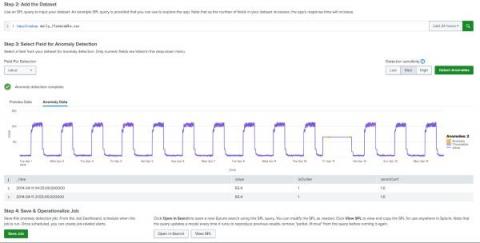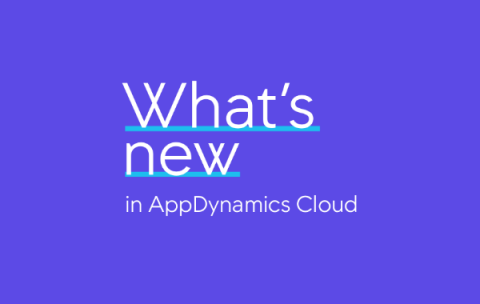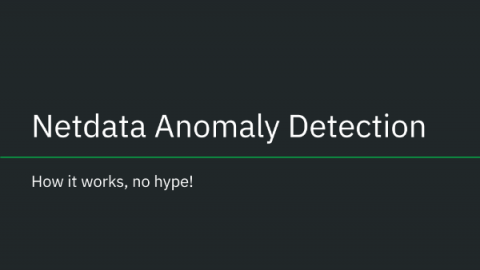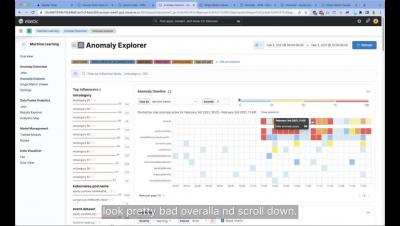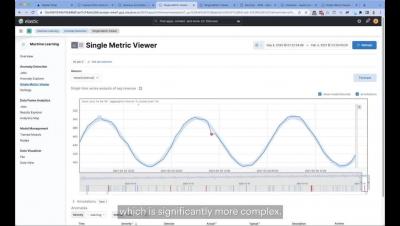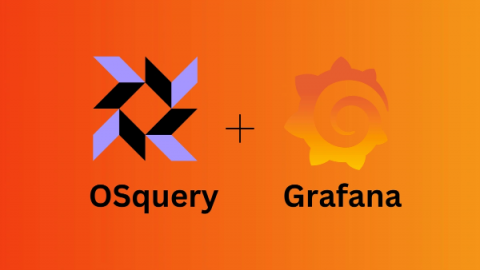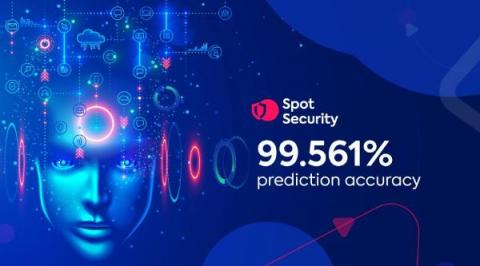Operations | Monitoring | ITSM | DevOps | Cloud
Anomaly Detection
Stop Overspending and Optimize Your Cloud Costs with Advanced Anomaly Detection
“Time is money” couldn’t be truer than in managing cloud costs. By way of proactive anomaly detection, a chance is given to save time that could have been spent on issue recognition and resolution. Anomaly detection for the Cloud can be tricky since there can be changes in prices & data on billing history anytime. Not to mention, seasonality can mess things up as well.
Anomaly Detection With Graphite
Graphite is used by many organizations to track and visualize various metrics that their applications or servers send out. But what happens if there are too many of these metrics or the company doesn't want to use its human resources to monitor the behaviour of metrics constantly? In this article, we will use Hosted Graphite by MetricFire to learn about Graphite's ability to notify users about the abnormal behaviour of services or infrastructure in a timely manner.
Alert Tuning Recommendations: Reinventing Anomaly Alerts with Anodot
In the complex and dynamic realm of data analytics, real-time anomalies serve as insights to issues a business faces. A pervasive and enduring conundrum persists: accurately discerning between anomalies of significant importance and those of lesser consequence. This distinction is a nontrivial task as not all anomalies bear the same weight.
AppDynamics Cloud enhancements for hybrid cloud, anomaly detection and usability
Introducing new capabilities expanding hybrid cloud support for VMs, Kubernetes and Linux apps running in public or private clouds, enhancements in application to infrastructure correlation using AI/ML-powered anomaly detection and more.
How Netdata's ML-based Anomaly Detection Works
How does Netdata's machine learning (ML) based anomaly detection actually work? Read on to find out!
Using Elastic Anomaly detection and log categorization for root cause analysis
Managing business objectives with Elastic Observability Anomaly detection
Anomaly Detection Using OSquery and Grafana
Detecting unauthorized usage and malicious applications in an instance involves analyzing OS and application logs. Doing this manually is a herculean effort because of the number of logs and the patterns one has to look for. Having a tool that can provide an aggregated view of your instance and the ability to analyze them easily can greatly reduce manual effort.


